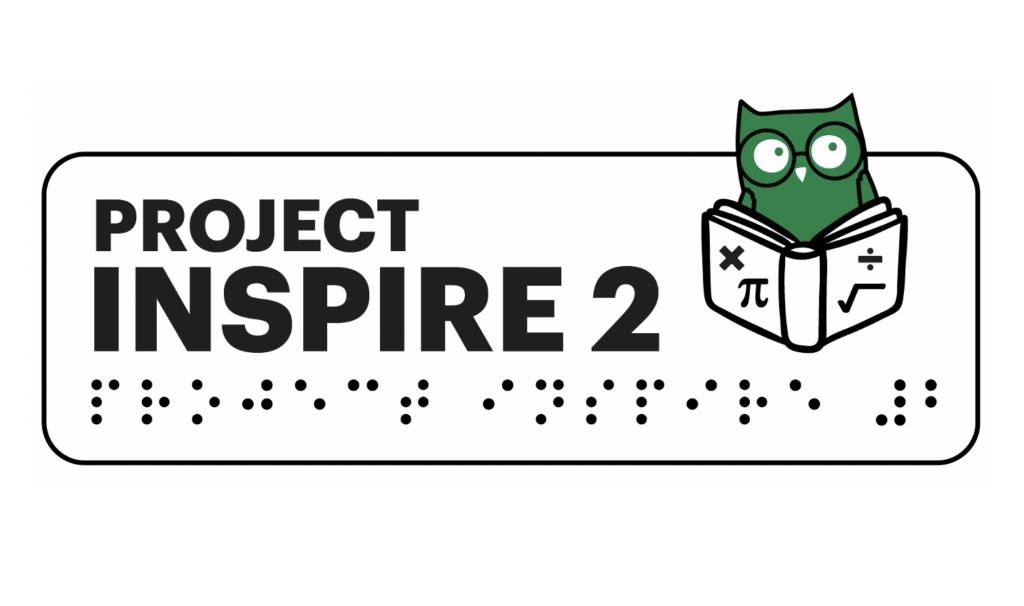Children at a certain stage of development (about the age of 2 in typically developing children) begin to be able to take on the perspective of other people or think about experiences they may have observed or experienced. They begin to be able to put these different thoughts together to create a “pretend story”. They might pretend to be a favorite pet who misbehaves or a superhero saving the world. At that point they can begin to enjoy developing “pretend stories”.
Pretend stories reveal our students’ imagination and creativity. Often we consider children’s fascinations, their obsessions, their special interests as something that we need to be concerned about. However, these are often great ways to tap into their creative side. If you think about it, most successful professional authors like Stephen King or J.K. Rowling are focused on just such intense interests.
Pretend stories also help the child make sense of his experiences and work through emotions that might be associated with them. Being scared when the swing went too high may be shared more easily when the person who was frightened wasn’t you but instead some imaginary child named Tammy.
Click on the links or images below to watch the video examples.
- Rylan Dog Story
- Mario Story
- My Brain Is an Admiral Washer
- The Very Hungry Braillewriter
- Muffin Lasagna and Ferret Water





Read more about co-creating imaginative stories.
Return to Playing with Words homepage.



